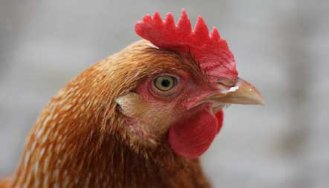
The science of nutrition involves providing a balance of nutrients that best meets the animals needs for growth, maintenance, egg production, etc. For economic reasons, this supply of nutrients should be at least cost, and so we must supply only enough for requirements, without there being any major excesses. It is very difficult and very expensive to supply all nutrients at the exact nutrient needs - rather we have to oversupply some nutrients in practical situations, in an attempt to meet the limiting nutrients. In poultry diets these limiting nutrients are usually energy and some of the essential amino acids.
USOS's innovative products help protect the Avian's health as well as unlock key metabolic co-factors to enhance the host's immune & digestive systems. Find a USOS representative in your area today to find out how you can switch to the leader!
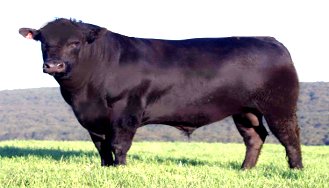
Proper nutrition and immunity of beef cattle is a key component of a successful production system. Feed usually accounts for the single largest input-cost associated with beef cattle. In beef cattle, the energy releasing componants, expressed as % Total Digestible Nutrients (TDN), are the most expensive of the group. In addition, micro minerals required in very small amounts (micro or trace minerals) include iodine, copper, zinc, sulfur and selenium, must also be considered for maximum potential.
USOS's innovative products help protect your heard's health, as well as unlock key metabolic co-factors to enhance the host's immune & digestive systems. Find out how USOS can custom mix a V&M for your optimum solution. Find a USOS representative in your area today to find out how you can switch to the leader!
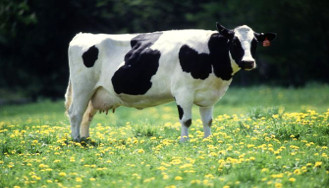
The dairy cow is an efficient producer of human foodfrom roughage. Pasture is the natural feed for dairy cattle, and an abundance of good pasture provides most of the requirements of a good dairy ration. An outstanding comparison between additives and lack of, is a dairying research paper comparing New Zealand cows strictly on pasture all year yielding production per cow was 8,655 pounds (3,926 kilograms) of milk, compared to U.S.-fed cows using supplemental feed additives, was 18,204 pounds, or 8,257 kilograms. In many countried all over the world, the quality of pastures is declining due to over-farming; an agricultural phenomena known as “land errosion”. Clearly as show in recent studies, pastures of poor quality must be supplemented with additives.
USOS's innovative products help protect your heard's health, as well as unlock key metabolic co-factors to enhance the host's immune & digestive systems. Ask how USOS can guarantee a nutritional reserve to keep your milk volume and composition from declining. Find a USOS representative in your area today to find out how you can switch to the leader!
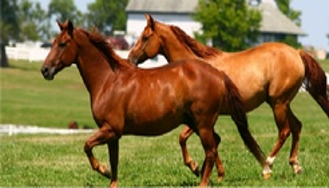
With over 100 million horses, donkeys and mules in the world today, owners of these animals can be found on almost every continent and in almost every society. When it comes to nutrition, the Equine family is one of the most finicky animal species. The sense of taste in horses is probably the most important sense when dictating what they eat, which is why horses can tell one feed from another. When presented with a variety of feeds, horses will select certain feeds over others. In practical situations, such as under grazing conditions with multiple forage species present, the horse will select different types and species than either sheep, goats or cattle. There have been experiments to determine if animals have “nutritional wisdom.” This is based on the premise that horses will attempt to eat feeds that provide them with the nutrients needed. In most cases,however, horses are unlikely to balance their own ration when provided a variety of feeds.
USOS's innovative feed products help protect and nourish your Horse's health. Optimally formulated to respect your animal's wisdom and sense of nutrition. Ask how USOS can provide your Equine with the essential elements to allow them to grow healthy habits and exceed their competition. Find a USOS representative in your area today to find out how you can switch to the leader!
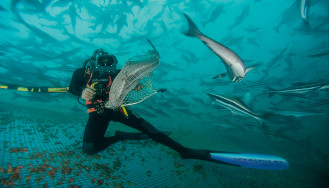
Capture fishery has steadily increased worldwide until about 1990, but since, it has remained around 90 million metric tons (mt) per year. Aquaculture production is continuing to grow; thus, total fisheries production has been increasing in spite of the stagnant capture fishery. According to statistics from the Food and Agriculture Organization (FAO) of the United Nations, total world fisheries production was 147 million mt in 2003, with 55 million mt or about 38% of total production from aquaculture. Aquaculture is a major source of several species/species groups popular with consumers in developed nations. Relatively few nations provide most of the world’s aquaculture production, and eleven of the top fifteen aquacultural countries are outsied the USA . The USA consumes an estimated 2.1 million mt of seafood annually, and five species, shrimp, tuna, salmon, pollock, and catfish make up 75% of the seafood consumption. About 78% of all seafood consumed in the US is imported, and the percentage is even greater for some species, e.g., 90% of shrimp are imported. Among the top eleven seafoods in the US, aquaculture contributes greatly to the supply of shrimp, salmon, catfish, crabs, tilapias, clams, and scallops.
USOS's innovative products help protect your Aquaculture's health as well as unlock key metabolic co-factors to enhance the host's immune & digestive systems. Find a USOS representative in your area today to find out how you can switch to the leader!
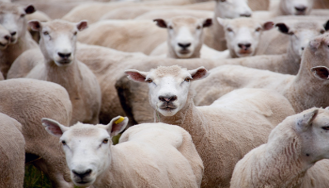
The major products from any Ovine operation are meat, wool, and hides; Ovine milk is important in some areas of the world. Sheep are raised in many different environments, with great variation in efficiency. The type of production system in any area depends on many factors, primarily the availability and cost of pasture, the climate, and the interaction with other livestock and cropping systems.
Different areas of the world use different production systems. Extensive year-round grazing, with large flocks (>2,000 sheep) and minimal sheep handling, is the typical system of sheep management in the major wool-producing nations of Australia, New Zealand, South Africa, and parts of South America, eastern Europe, Asia, and the USA. Confinement and intensive feeding during the winter months, with access to pasture for the rest of the year, is the common system of sheep management in Europe and most of the USA. Close confinement in feedlots in the final growth stage of lambs for meat is virtually restricted to North America. Shepherding small flocks of sheep and goats along roadsides and common grazing areas is a typical management system in the Middle East and in Asia. Many of these environment lead to stress arising from nutritional imbalances and biological insults. As one of the few companies in the world that cater to Ovine health, USOS has developed many products to be used with the ovine practitioner, and or support feed industries in mind.
USOS's innovative products help protect your sheep or goat heard health, as well as unlock key metabolic co-factors to enhance the host's immune & digestive systems. Find a USOS representative in your area today to find out how you can switch to the leader!
© 2025 United States Organic Science. All rights reserved.